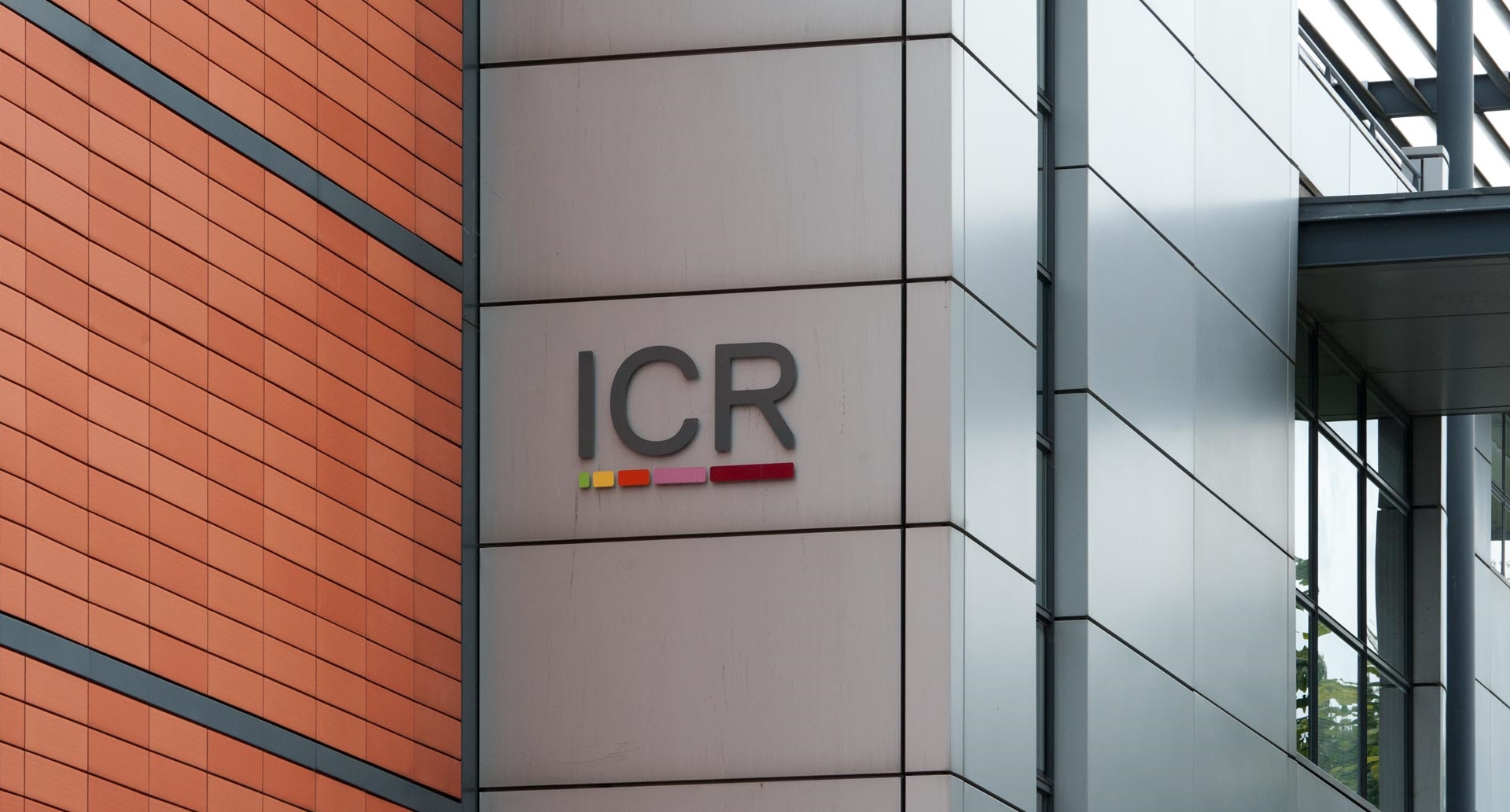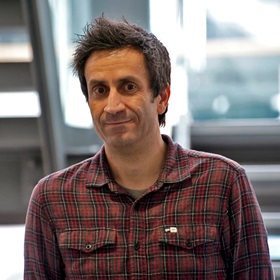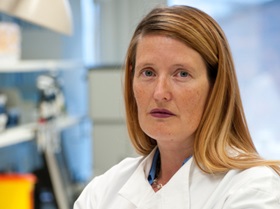A pioneering clinical trial has demonstrated for the first time that two existing treatments can be combined to potentially improve outcomes for sarcoma and melanoma patients with advanced tumours in their limbs.
The researchers delivered a specific cancer-fighting virus to patients undergoing isolated limb perfusion (ILP) – a commonly used technique to deliver chemotherapy to a localised area. In doing so, they were able to activate a whole-body antitumour immune response in addition to a local one. This could prime the body to respond to immunotherapy, opening the door to more effective treatment options.
If further clinical trials support these findings, this new treatment combination could transform the lives of patients whose tumour is too advanced to be removed surgically. It could not only help prevent the need for an amputation but also protect the rest of the body from the spread of the cancer.
The study was led by researchers at The Institute of Cancer Research, London, and the findings were published in the Journal for ImmunoTherapy of Cancer. The research was funded by the NIHR Biomedical Research Centre at The Institute of Cancer Research (ICR) and The Royal Marsden NHS Foundation Trust, as well as Sarcoma UK, Amgen Pharmaceuticals, the Robert McAlpine Foundation, the Mabs Mardulyn Charitable Foundation, the Dr Lucy Bull Foundation, and The Royal Marsden Melanoma and Sarcoma Research Fund.
Treating tumours in limbs
Patients with locally advanced melanoma or sarcoma affecting the limbs can face the prospect of amputation due to the extent of the disease. ILP offers the chance to save the affected arm or leg, allowing chemotherapy to be delivered directly to the limb at a high dose that would not be tolerated by the rest of the body.
Surgeons achieve this by using a tourniquet and catheters to temporarily isolate the blood circulation of the limb from the rest of the body. Following treatment, they flush the drug from the limb before restoring normal blood circulation. While ILP can shrink or destroy the tumour in question, it typically has no effect on cancerous cells that have spread outside of the limb.
This is particularly problematic in sarcoma, as these soft tissue cancers are notoriously difficult to treat. For instance, they, along with some cases of melanoma, are generally resistant to immunotherapy – a form of treatment that helps the body’s immune system recognise and kill cancer cells.
The knowledge that immunotherapy has transformed treatment for other cancers drove the researchers to explore combination strategies that could make so-called immunologically “cold” tumours – those surrounded by cells that suppress the immune system – “hotter”, and hence responsive to immunotherapy.
A novel combination
The researchers decided to try combining ILP with an oncolytic virus – a type of virus that can target cancer cells, which it preferentially infects and destroys. They opted for talimogene laherparepvec (T-VEC), an oncolytic herpes simplex virus that has been approved as a treatment for melanoma and is known to stimulate immune responses as well as killing tumour cells.
In this first-in-human phase I/II trial, 15 patients with either melanoma or sarcoma received injections of T-VEC into their tumours before undergoing ILP. The goals were to enhance the distribution and efficacy of the virus within the tumour and to assess whether this approach could trigger immune responses throughout the body.
The findings showed the combination therapy to be well tolerated, with most side effects being mild to moderate. The overall response rate was 53 per cent, and the patients who responded to treatment showed impressive rates of survival, with some remaining disease-free for up to three years following therapy.
Importantly, the treatment was able to eliminate cancer for a sustained period in sarcoma subtypes that typically do not respond to ILP alone.
Uncovering the immune mechanisms at play
To understand how the therapy worked, the team conducted detailed analyses of tumour biopsies and blood samples taken before and after treatment. RNA sequencing revealed that T-VEC increased the expression of genes associated with key immune system activity in tumours, particularly in sarcoma patients. This immune activation was more pronounced in patients who responded to treatment.
The team also examined the T-cell receptors present in the samples. This revealed that the patients who responded to the treatment had higher numbers of specific types of T cells in and around their tumours, suggesting an expansion of the subpopulation targeting the cancer. In the blood, these patients had greater TCR diversity, which is indicative of a systemic immune response.
This means that although ILP is a localised treatment, the addition of T-VEC appeared to stimulate immune responses that extended beyond the treated limb. These systemic effects are critical, as they suggest the potential for controlling metastatic disease – a major limitation of ILP alone.
Implications for future cancer therapies
This study offers compelling evidence that combining oncolytic virotherapy with ILP can transform the complex ecosystem surrounding the tumour and activate robust antitumour immunity, even in cancers traditionally resistant to immunotherapy.
Based on the preclinical research they completed before beginning the clinical trial, the researchers believe that it will be possible to increase the response rate further.
In the laboratory setting, using an animal model, the researchers were able to direct extremely high doses of oncovirus to the centre of tumours by delivering it as part of the ILP circuit. However, current T-VEC licensing restrictions mean that in the clinical trial, they could only inject the virus into each tumour ahead of the ILP, likely resulting in a lower amount reaching the cancerous cells.
Furthermore, while the preclinical work demonstrated that the addition of an immunotherapy agent to the combination treatment completely prevented the development of secondary cancers, the researchers did not include one in this clinical trial – the first trial of this approach.
“This could be a game-changer”
Reflecting on the significance of the trial, first author Professor Andrew Hayes, Consultant General Surgeon and Surgical Oncologist at the Sarcoma Unit and the Skin Unit at The Royal Marsden and an Honorary Faculty at the ICR, said:
“While this trial was small, the results are promising and lay the groundwork for larger studies. We have shown that we can harness the power of oncolytic viruses to not only improve local control of limb tumours but also stimulate systemic immunity. For sarcoma patients, who have historically had few immunotherapy options, this could be a game-changer.
“Patients with large, advanced sarcomas carry an extremely high risk of secondary spread, and amputation sadly does not take away that risk. The potential of a combination treatment that both avoids the need for an amputation and diminishes the risk of spread is, therefore, very important.”
Senior author Professor Alan Melcher, Group Leader of the Translational Immunotherapy Group at the Institute of Cancer Research, said:
“We’re seeing that oncolytic virotherapy, when delivered via isolated limb perfusion, can turn immunologically cold tumours into hot ones. This opens up exciting possibilities for combining regional and systemic treatments to tackle cancers that were previously untouchable by immunotherapy.
“Our future research is likely to focus on optimising dosing, timing and combinations with various immunotherapies to maximise efficacy. We very much hope that the potential benefits of this treatment strategy will offer new optimism to patients facing difficult diagnoses.”
Image credit: Phylum from Pixabay





.tmb-propic-md.jpg?Culture=en&sfvrsn=c25d2b2f_9)









